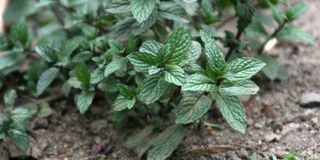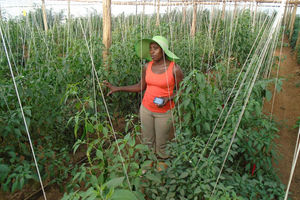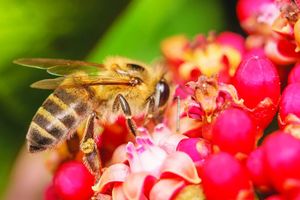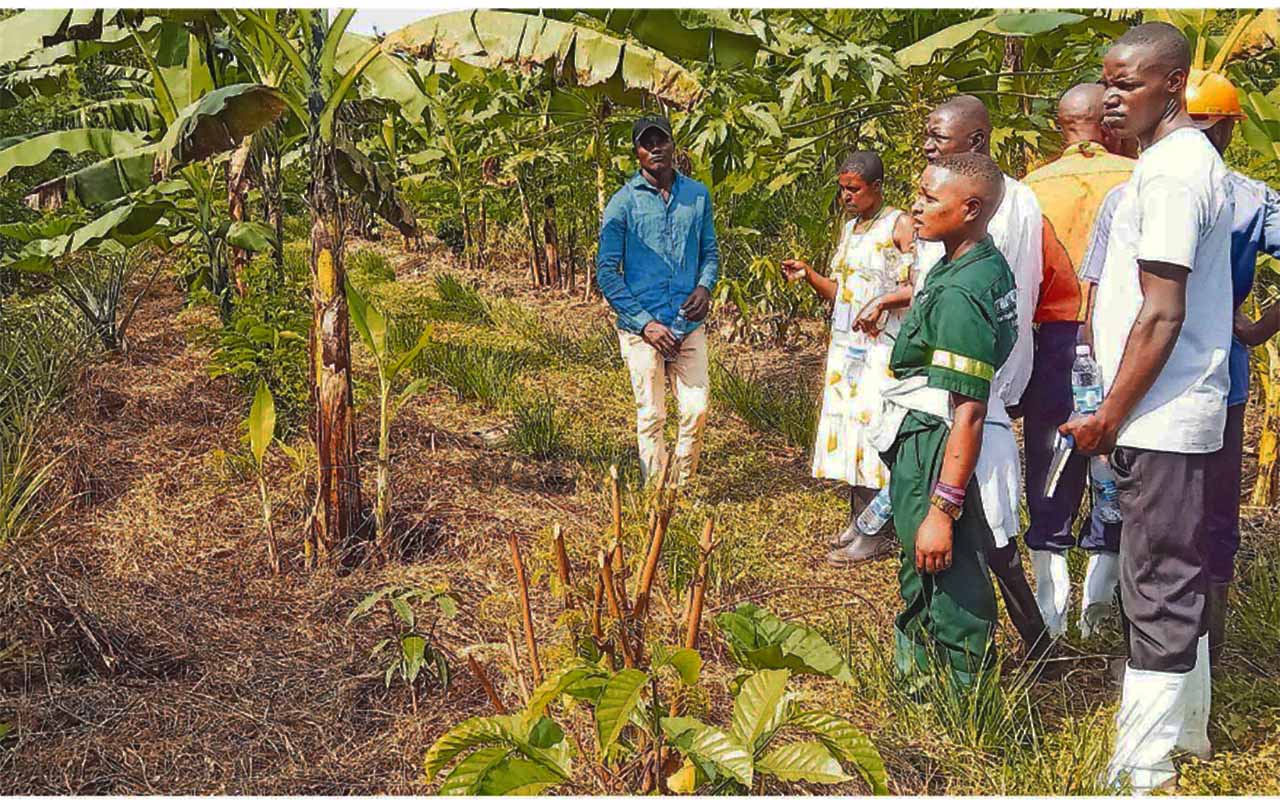
Herbs such as mint may be used to control pests such as mealybugs, aphids, caterpillar and termaites among others. PHOTO/NMG
Organic farming combines traditional African knowledge and latest science innovations to benefit the environment and promote a healthy lifestyle.
The techniques used in organic agriculture rely on crop rotation, green manure, compost and biological pest control.
This farming method strictly restricts the usage of manufactured fertilisers and chemicals.
Pests such as insects, nematodes and rodents cause losses to farmers by damaging crops in the field or harvested produce in the store.
Organic pest control
Organic pest control and management comes in three ways. The first one involves the use of natural plant materials to control pests.
Farmers can plant pest repellents such as stinging nettle, Russian comfrey, tithonia and leucaena together with their crops.
Application of plant solutions made from pyrethrum, Mexican marigold, hot pepper or chillies, ordinary wood ash, onions, garlic and coriander in the field also helps to repel several pests.
Storage pests
Plants have also been used effectively to control storage pests. In this method, dried Mexican marigold (Tagetes minuta), tephrosia (Tephrosia vogelli) or chilli pepper pods are crushed and mixed with ashes or dry dung to deter pests. Addition of the mixture to cereals like maize, sorghum, beans and green grams is used to repel or kill khapra beetles, grain moths, maize and rice weevils, and bean bruchids.
Use lantana camara
Further, the dried and crushed leaves of thorn apple and tick berry (Lantana camara) can be mixed with stored pods or grain to repel storage pests.
Lantana is well-known to be effective for controlling potato moth during storage. Produce treated with Persian lilac or Neem (Azedarach indica) can last for up to two years without any pest attack. Care should be taken by the farmer to wash hands thoroughly after treatment. Rubber gloves are recommended when applying plant materials to produce.
Similarly, clean the produce thoroughly before cooking. Grains for flour should also be thoroughly cleaned and re-dried prior to milling.
Parasitic wasps
Farmers can also encourage other living organisms that attack pests to live on their farms as a control measure. Examples include parasitic wasps, praying mantis, dragon flies, ground beetles and spiders.
Parasitic wasps lay their eggs, feed and grow inside the larvae of caterpillars killing them.
Growing plants with flowers like dill and fennel provide good environment for predators. Ladybirds are very efficient predators of aphids. Chameleons and lizards are insect eaters and help in keeping garden pests under control.
Use of compost and green manuring
Lastly, cultural pest control involves use of compost and green manuring to improve soil fertility and support healthy crops.
A crop which is weak is easily attacked by pests and diseases. Suitable soil cultivation methods like conservation tillage can be used to control pests depending on the area and season.
When digging the soil, eggs and larvae are brought to the surface where they are burned by the sun or picked by birds. Early weeding to control pests is also advisable.
Some weeds act as alternative hosts to crop pests. Field cleanliness interferes with life-cycle of pests by removing the harvested crop remains and composting them for use as manure.
The premature fallen fruits, which might be infested with larvae should be removed to prevent growth of future pest populations.
Crop rotation
Crop rotation should be used by farmers in pest control as it separates an individual pest in time and space from its host crop.
The interruption of the life-cycle by introducing a non-host crop reduces the spread of the pests in the following seasons. Farmers are encouraged to practice proper spacing, timely planting, use of trap crops, crop diversification to culturally control pests.
Mint
Mint is popularly known for its great flavour, the reason why it is used in making candies and soft drinks.
Many farmers, however, do not know the other side of mint that is yet to be explored, which can save them plenty of money that they spend on pesticides.
Mint works as a natural pest control, and can be used well in greenhouses.
“Our researchers found out that mint attracts whiteflies, not only from our flowers but other crops as well. We are now producing and using it in our greenhouses,” says Stephen Musyoka, a crop scientist.
“We normally place mint in flower bushes where there are whiteflies. The strong sweet scent of mint attracts the flies, pulling them away from flowers,” explains Musyoka. “We call it the pull and push method.”
They then spray the mint with pesticides killing the whiteflies. This ensures minimal use of chemicals on the flowers. The method, according to Musyoka, can be used on other crops and work effectively as it does with flowers.
“Crops like broad beans (noe), tomatoes and different varieties of vegetables are prone to whiteflies. Placing mint close to them and then spraying the mint can work well than spraying the whole farm.”
Prof Julius Ochuodho, a crop and livestock scientist, says mint does not attract insects physically, but the strong chemicals it produces is loved by the pests.
“Mint is not a magnet, it is the chemicals within the plant that produce a scent which attract insects from several metres away.”
Other insects that mint can attract include spider mites and aphids, according to Prof Ochuodho.
He encourages farmers to take advantage of mint in insect control to curb direct use of chemicals.
“Farmers should use natural pest control methods. Those methods that have been confirmed effective should be adopted by others to discourage use of synthetic chemicals.”








